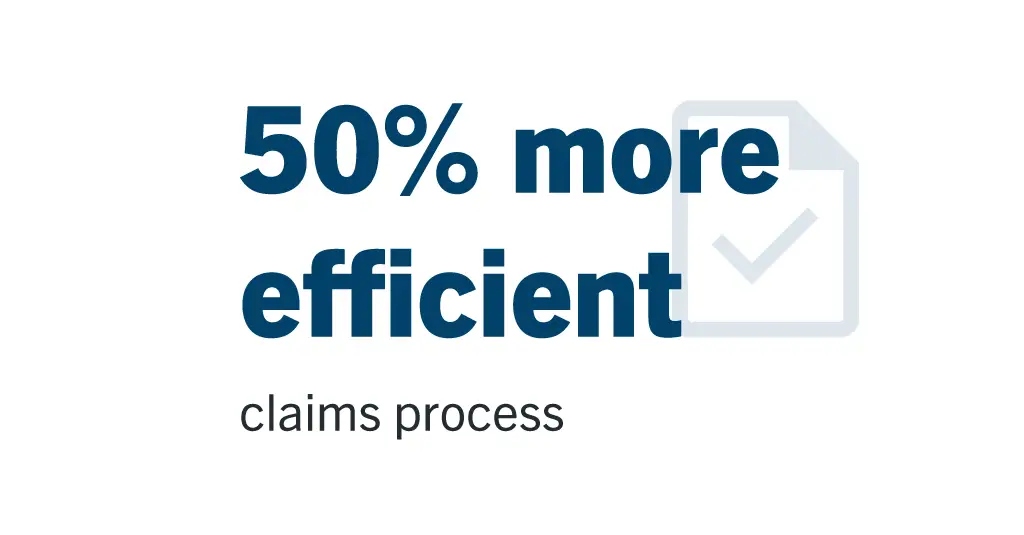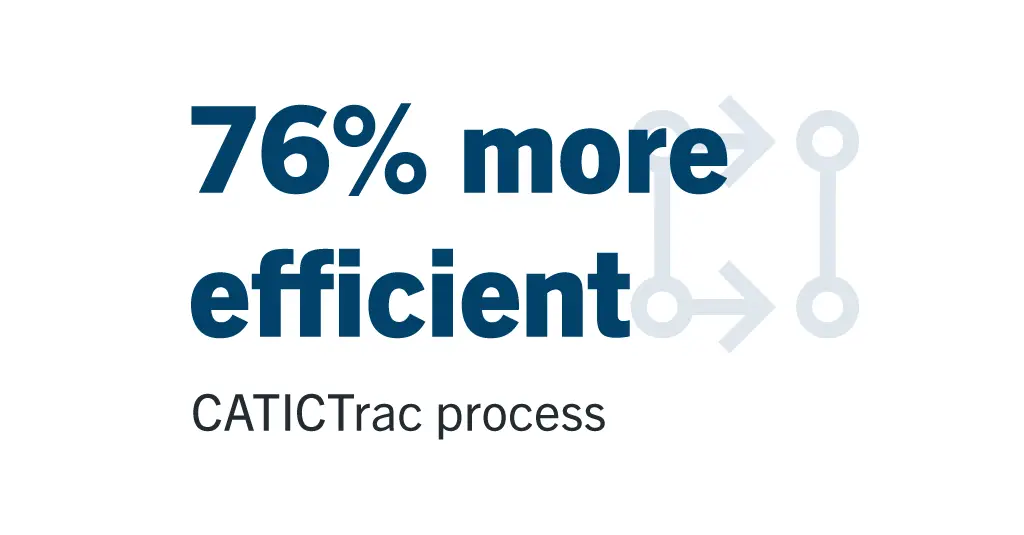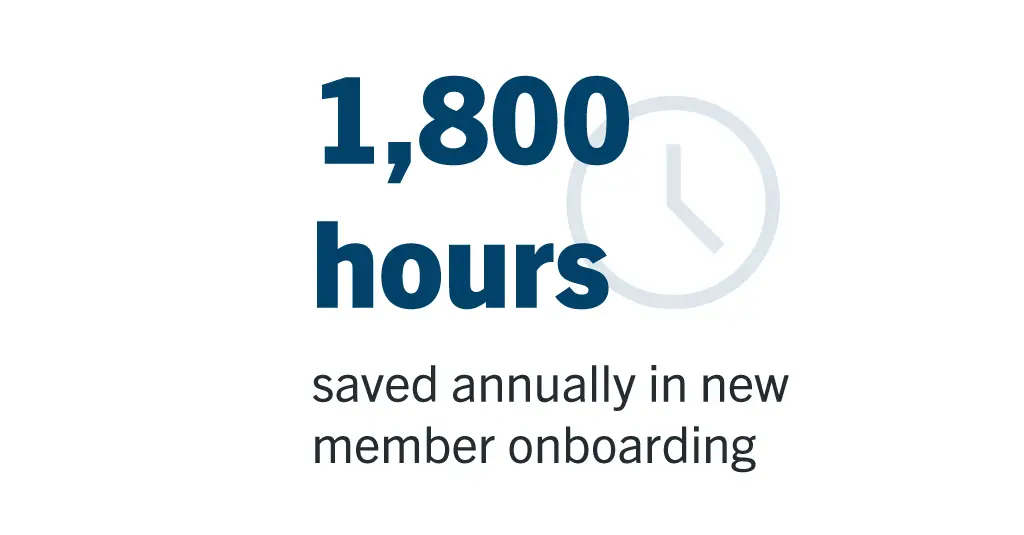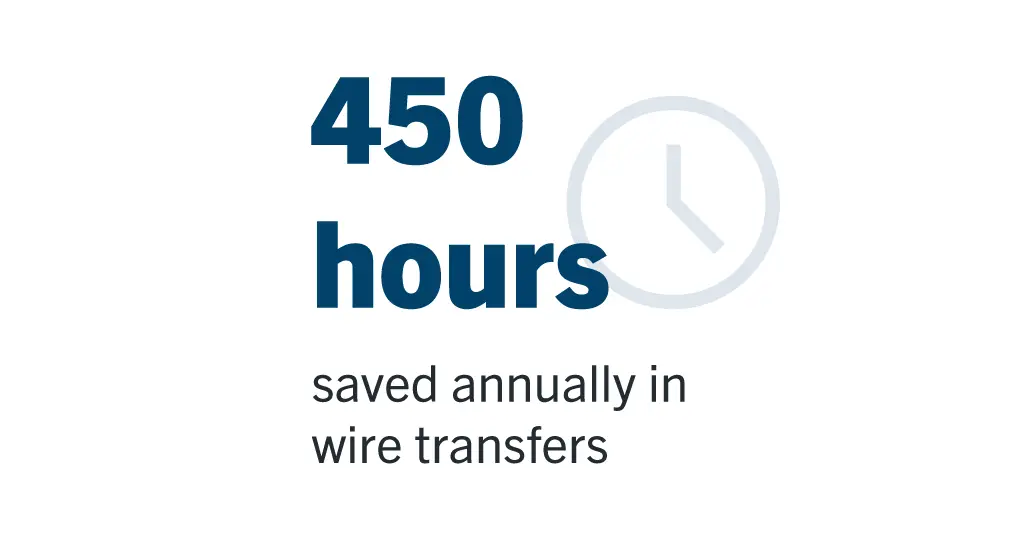SITUATION
• Legacy online storage and file-sharing system was complex and lacked searchability
• Difficult navigation and manual effort frustrated employees and school districts
RESULTS
• Streamlined collaboration between school districts and Greenbush’s Medicaid and business office
• Increased accuracy and transparency
• Reclaimed time for staff to focus on serving students and families
Using a shared drive or common online storage solution like Google Drive to store and share information works — until it doesn’t. That was the case for the Southeast Kansas Education Service Center – Greenbush, an organization that offers a wide variety of services to schools, students and families throughout the state of Kansas.
Greenbush works with 117 school districts and 18 infant toddler networks across Kansas. One critical service the organization provides is helping districts maximize their Medicaid reimbursement through special education programs. Acting as a third-party biller, Greenbush helps to process claims accurately, while managing the complex information gathering and billing requirements of Medicaid.

Recently, the Greenbush Medicaid billing team reimagined its information gathering process by replacing its BAA compliant Google Drive with a Laserfiche content services platform. The new system streamlined collaboration between the school districts and Greenbush’s Medicaid and business office, increasing accuracy and transparency, while reclaiming time for staff to focus on what matters: serving students and their families.
Accessibility, Visibility and Searchability
The Greenbush Medicaid billing team’s Google Drive was organized in a complex indexing system, which served the purpose of collecting and storing student information but was difficult to navigate. To help employees find specific records, the team created a series of file folders or spreadsheets that showed which students had been uploaded in which batch. District administrative contacts expressed frustration with the number of clicks it took to share or find information.
“The districts didn’t have the ability to intuitively search by a specific student name to confirm that they had sent the student’s information to us,” said Marlene Willis, project manager and coordinator of Medicaid billing at Greenbush. “We didn’t have the ability to search within document batches by an individual child’s name if a question arose regarding that child. It was just a lot of clicks, a very complex system, not a lot of visibility into the data.”
Willis and her team championed the adoption of Laserfiche, a content services platform that would not only make information more searchable, but also improve recordkeeping, support compliance with regulatory requirements, and open up new opportunities for automation.
“Our department found that the legacy system was taking time away from production — getting demographic data into the billing system so that districts could actually have things ready to bill when it was time to bill,” Willis said.
Greenbush worked with Laserfiche solution provider Modified Logic on the implementation, testing and rollout of a Laserfiche Cloud system, which had a quicker timeline than originally anticipated. “We started the project in July of 2022, and had a soft launch with a few key clients in October,” Willis said, adding that the full rollout to all clients happened in January 2023. “The Modified Logic team and everyone we’ve worked with at Laserfiche are phenomenal. They have a similar work ethic that we have at Greenbush, which is focused on the client first, and removing barriers.”
The new Laserfiche system gives the Greenbush team the ability to search across folders and document batches, without the need for additional spreadsheet guides. “We have the ability to see bulk uploads and the split of information into singular student data records,” said Willis. “The accessibility, visibility and searchability in Laserfiche — that is a hallelujah moment.”
Laserfiche has streamlined the client experience as well. When school districts log in, they are presented with the option to fill out two different Laserfiche Forms. One form enables school districts to add a student into the system, which has the option to attach supporting documentation such as parental consents to submit Medicaid claims, information from the medical provider saying that they signed off on specific therapies, etc. The second form allows the school districts to submit books of information, for instance if they need to submit one document of 30-40 pages.
Data and documentation from the forms are all automatically routed and classified in Laserfiche, enabling easier access for the Greenbush Medicaid team. The Greenbush Medicaid team also uses Laserfiche to share information with the Greenbush business office, giving the organization granular access controls and making it easier for employees to support HIPAA compliance requirements without additional administrative burden.“
We keep records up to six years from the date of the actual service; it’s a compliance requirement,” Willis explained. “These records contain PII for students — and there are also some FERPA requirements involved, so there are a lot of different legal entities to appease. The management of all that data is where Laserfiche has been a boon.”
Embracing Opportunity and Looking Toward the Future
The Greenbush team is kicking off its first full school year with the new Laserfiche system and already expanding its digitization efforts. Building on the successful Medicaid billing transformation, the business office automated invoicing, eliminating the need to hand-key over 175 remittance devices weekly.
“We previously had a very cumbersome process involving explanation of benefits or remittance advices, which had to be hand-keyed,” Willis said. “With Laserfiche, optical character recognition is now able to read remittance devices, and they fly into the invoicing portal. The data are aggregated, disaggregated, percentages are applied. Laserfiche totally automated the work between the billing department and the business office, and then automatically routes the information to the clients.”
 Adoption is spreading quickly, thanks to the system’s ease of use and clear benefit to employees, clients and the families they serve. The organization is looking forward to taking advantage of new opportunities to optimize and transform processes with the new system, while keeping the focus on students and their families.
Adoption is spreading quickly, thanks to the system’s ease of use and clear benefit to employees, clients and the families they serve. The organization is looking forward to taking advantage of new opportunities to optimize and transform processes with the new system, while keeping the focus on students and their families.
“It’s going to alleviate the time stress on front line staff who are actually out working one-on-one with families, driving house to house,” Willis said. “They’re going to claw back that paper administrating and be able to have time to better serve families and children. That’s the opportunity that Laserfiche provides.”

 To date, the organization’s efforts have resulted in cost savings of over $325,000 annually. Additionally, CATIC has seen a nearly 50% increase in efficiency in both customer-facing processes, such as claims, and back-office operations, including records management.
To date, the organization’s efforts have resulted in cost savings of over $325,000 annually. Additionally, CATIC has seen a nearly 50% increase in efficiency in both customer-facing processes, such as claims, and back-office operations, including records management. Using the Laserfiche-driven solution, CATIC was able to simplify the process from 12 steps down to five and improve efficiency in the process by 76%. Cooper estimates that the CATICTrac workflow alone saves the organization over $84,000 per year.
Using the Laserfiche-driven solution, CATIC was able to simplify the process from 12 steps down to five and improve efficiency in the process by 76%. Cooper estimates that the CATICTrac workflow alone saves the organization over $84,000 per year. In the works are integrations with financial management and accounting software Sage Intacct that will allow for easier reimbursement requests, and an integration with Microsoft Power BI to create a dashboard for policy issues that agents and senior management can view and address any missing information.
In the works are integrations with financial management and accounting software Sage Intacct that will allow for easier reimbursement requests, and an integration with Microsoft Power BI to create a dashboard for policy issues that agents and senior management can view and address any missing information.
 The new process saves about three hours per onboarding. With an average of 50 new members per month, this adds up to 1,800 staff hours annually.
The new process saves about three hours per onboarding. With an average of 50 new members per month, this adds up to 1,800 staff hours annually. The team estimates that the organization saves about 450 hours annually with this process alone. These automated processes have not only created a streamlined and standardized experience for staff, but they have also made it easier to flag larger or suspicious transactions with Laserfiche’s reporting features to achieve AML requirements and periodic auditing.
The team estimates that the organization saves about 450 hours annually with this process alone. These automated processes have not only created a streamlined and standardized experience for staff, but they have also made it easier to flag larger or suspicious transactions with Laserfiche’s reporting features to achieve AML requirements and periodic auditing. “We have a digital strategy meeting that is probably 75% about Laserfiche and 25% about other systems,” Kirilo said. “We’re always asking, ‘What else can we automate with Laserfiche?’ There is a lot more potential there for our staff and our membership.”
“We have a digital strategy meeting that is probably 75% about Laserfiche and 25% about other systems,” Kirilo said. “We’re always asking, ‘What else can we automate with Laserfiche?’ There is a lot more potential there for our staff and our membership.”